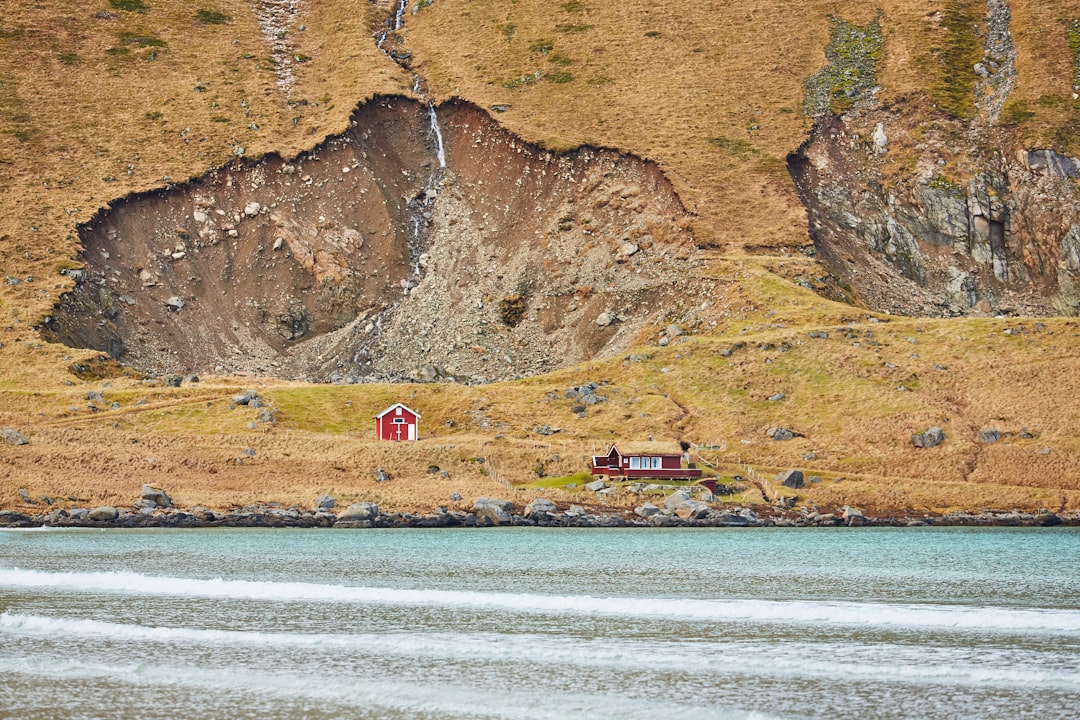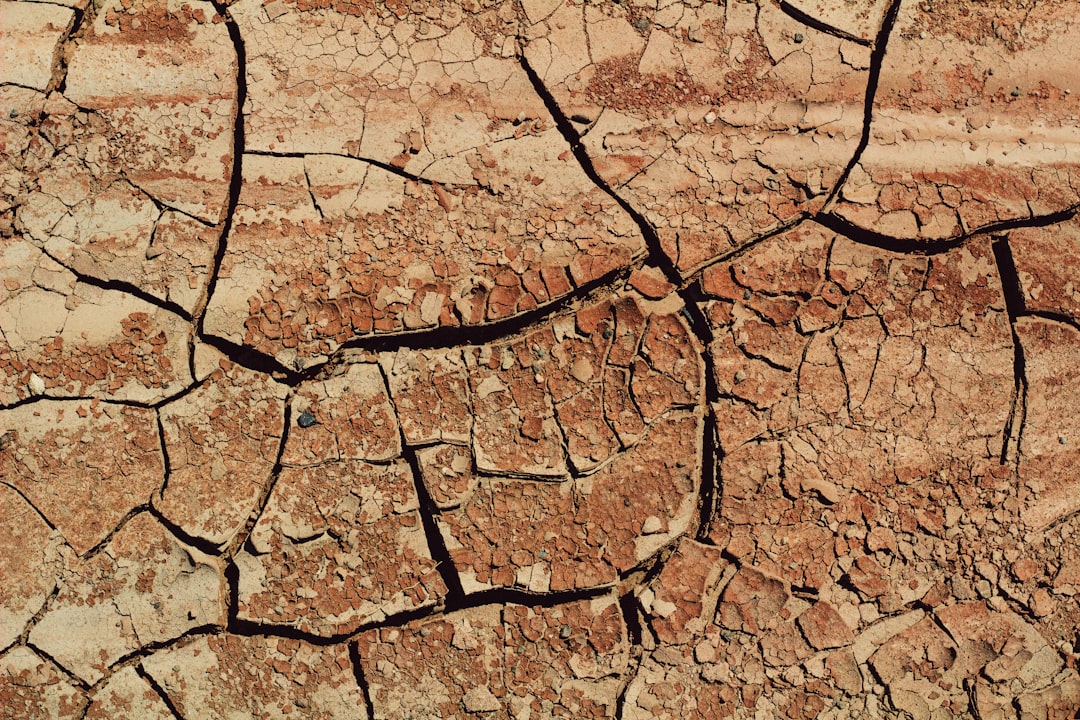What is it about?
This work focuses on evaluating carbonate reservoirs in complex regions, particularly in the Dezful embayment in Iran. Accessing the Asmari reservoir in these areas is challenging due to structural complexities, including a substantial layer of evaporites overlaying the reservoir. Understanding structural dips is crucial for mapping the area around wells in such scenarios. Additionally, characterizing fractures within the Asmari and Sarvak carbonates is vital for reservoir assessment. In fields within the Dezful embayment, using water-based mud for drilling wells isn't feasible, making it difficult to obtain structural dip and fracture information with conventional borehole imaging tools. To address this, a combination of oil-based-mud imaging tools was employed, offering a novel approach to characterize formations drilled with oil-based mud. These techniques helped resolve complex structures by providing essential dip data. The study focused on characterizing fractures based on their aperture, intensity, and directional attributes, particularly in the Sarvak formation's tight carbonates. The oil-based-mud imaging not only provided structural details but also offered quantitative measurements of Rxo (resistivity of invaded zone) in an oil-based mud environment. This measurement helped understand invasion profiles, typically related to permeability, in Asmari Formation's carbonate and sandstone reservoirs. This insight was crucial for reservoir engineers and petrophysicists in interpreting formation pressure and reservoir fluid mobility using formation pressure testing measurements (RFT). The paper details the applications of oil-based-mud imaging in understanding reservoirs within the Asmari and Bangestan formations in the Dezful embayment of Iran.
Featured Image

Photo by Drew Coffman on Unsplash
Why is it important?
This work holds significant importance for evaluating carbonate reservoirs, particularly in complex regions like the Dezful embayment in Iran. Accessing the Asmari reservoir poses challenges due to structural complexities, notably a substantial layer of Gachsaran Formation evaporites overlaying the reservoir. Understanding structural dips is crucial for mapping the area around wells in such situations. Moreover, characterizing fractures within the Asmari and Sarvak carbonates is pivotal. In the Dezful embayment fields, using water-based mud for drilling isn't practical, making it challenging to obtain structural dip and fracture information through conventional borehole imaging tools. The use of oil-based-mud imaging tools offered a novel approach to characterize formations drilled with this medium. This technique played a crucial role in resolving complex structures by providing essential dip data. Fractures were carefully characterized based on aperture, intensity, and directional attributes, significantly aiding in understanding the reservoir characteristics, particularly in the tight carbonates of the Sarvak formation. The oil-based-mud imaging not only provided structural insights but also offered quantitative measurements of Rxo (resistivity of invaded zone) in an oil-based mud environment. Understanding invasion profiles, often linked to permeability, in carbonate and sandstone reservoirs of the Asmari Formation was crucial. This insight significantly supported reservoir engineers and petrophysicists in interpreting formation pressure and fluid mobility using reservoir formation tester (RFT) measurements. The paper extensively details the applications of oil-based-mud imaging in understanding the Asmari and Bangestan reservoirs within Iran's Dezful embayment.
Perspectives
This study delves into the complexities of evaluating carbonate reservoirs, particularly in the Dezful embayment in Iran. Understanding the structural layout and characterizing fractures are pivotal concerns, especially in areas like the Dezful embayment, where reaching the Asmari reservoir is challenging due to the overlaying Gachsaran Formation evaporites.
Dr Zohreh Movahed
zmovahed@gmail.com
Read the Original
This page is a summary of: Formation evaluation in Dezful embayment of Iran using oil-based-mud imaging techniques, Journal of Petroleum Science and Engineering, September 2014, Elsevier,
DOI: 10.1016/j.petrol.2014.05.019.
You can read the full text:
Contributors
The following have contributed to this page










